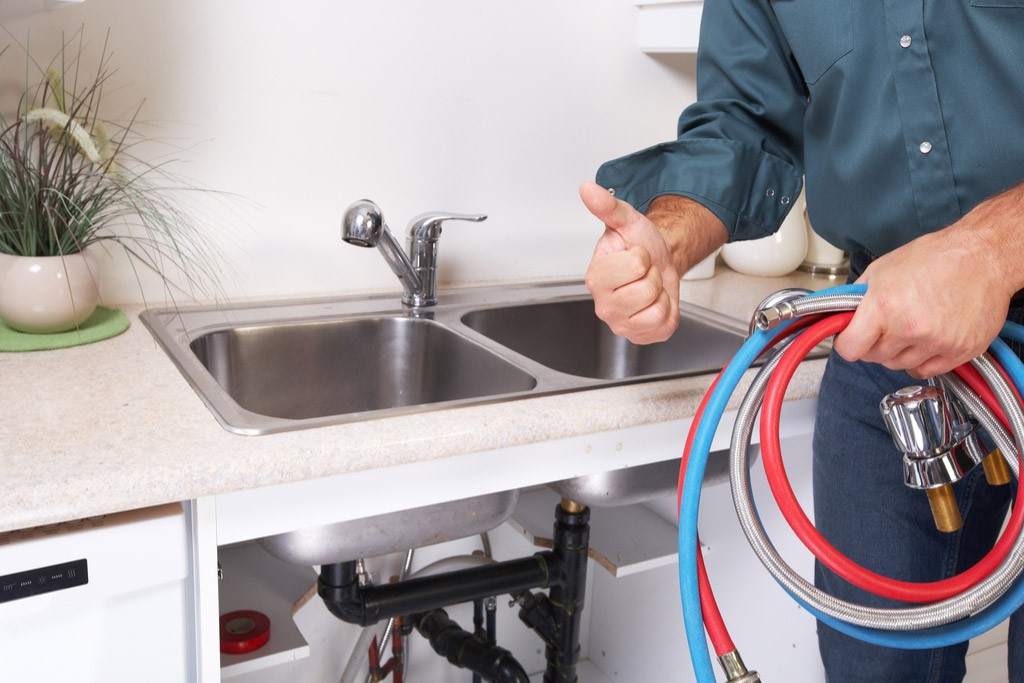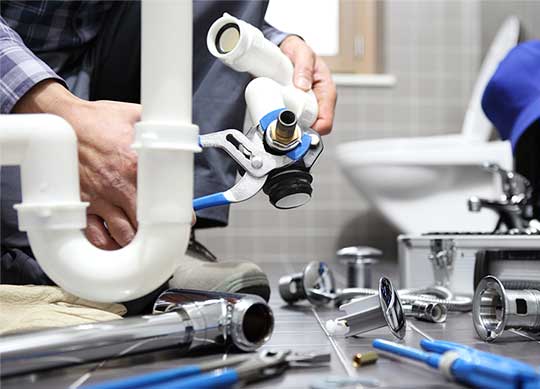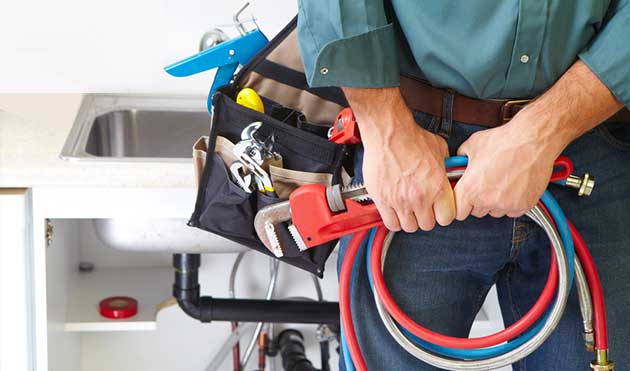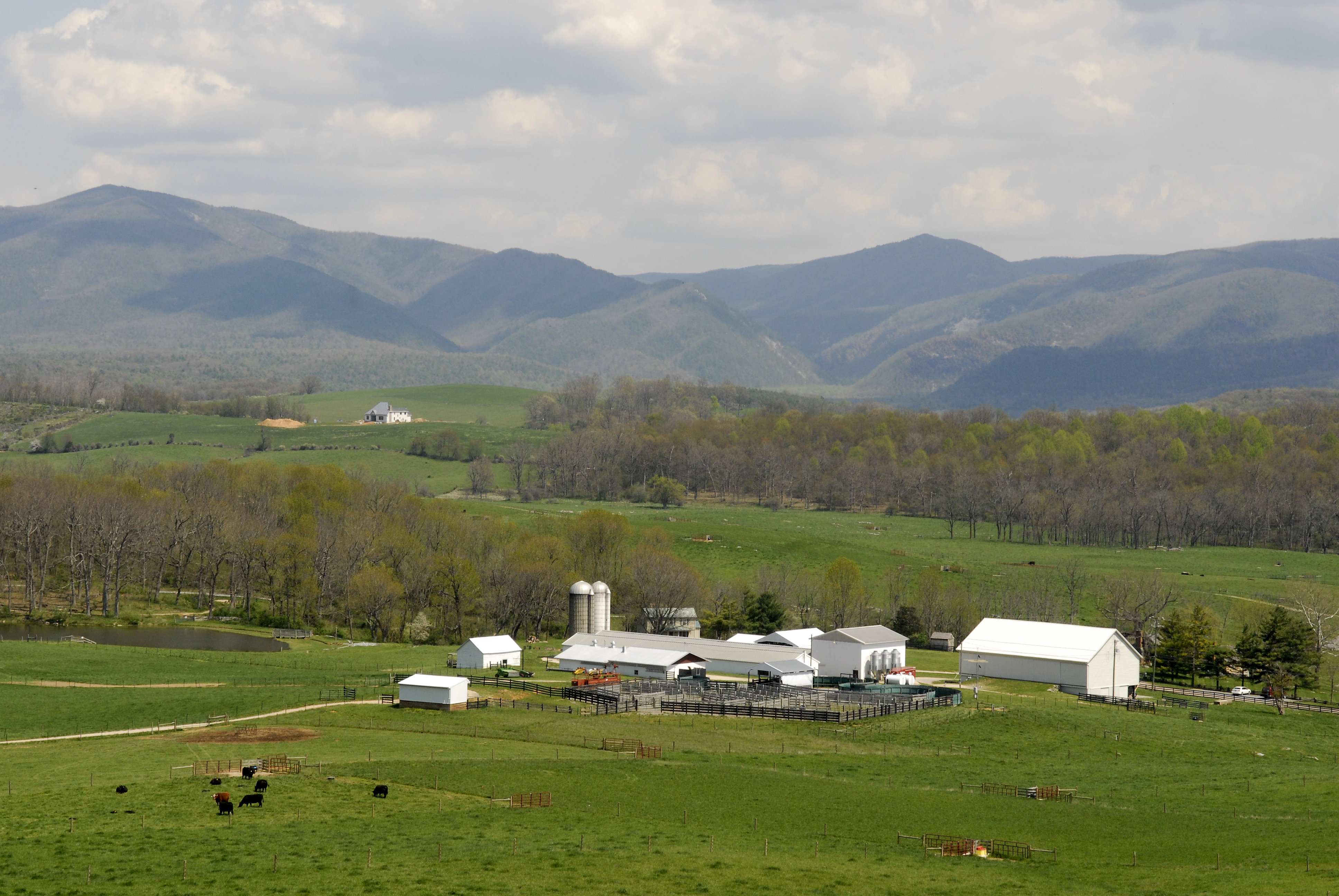Harrisonburg Well Pump - The Facts
Table of ContentsThe Single Strategy To Use For Harrisonburg Well PumpSee This Report on Harrisonburg PlumberAll About Shenandoah Plumber
Built-up wood tubes were widely used in the USA during the 20th century. These pipelines (utilized in location of corrugated iron or reinforced concrete pipes) were made from sections cut from short lengths of wood - Harrisonburg well pump. Locking of nearby rings with hardwood dowel pins produced a versatile structure. About 100,000 feet of these wooden pipelines were set up throughout WW2 in drainage culverts, storm sewage systems and avenues, under highways and at army camps, marine stations, airfields and ordnance plants.Bronze fittings and brief pipeline sectors are frequently utilized in mix with numerous products. Normal PVC community water primary being installed in Ontario, Canada A plastic water pipe being set up. Keep in mind that the inner tube is really transporting the water, while the external tube only functions as a protective casing The difference in between pipelines and tubes refers sizing.
Copper tube, CPVC, PeX and other tubing is measured nominally, generally an average diameter. These sizing schemes permit for universal adaptation of transitional fittings. For instance, 1/2" PeX tubing is the very same size as 1/2" copper tubing. 1/2" PVC on the other hand is not the same size as 1/2" tubing, and therefore needs either a threaded male or female adapter to connect them.

Pipeline is offered in rigid joints, which can be found in various lengths depending upon the product. Tubing, in specific copper, is available in rigid difficult tempered joints or soft tempered (annealed) rolls. PeX and CPVC tubing likewise is available in stiff joints or versatile rolls. The mood of the copper, whether it is a rigid joint or flexible roll, does not impact the sizing.

The schedule is mostly identified by the operating pressure of the system, with greater pressures commanding higher thickness. Copper tubing is available in four wall densities: type DWV (thinnest wall; only permitted as drain pipe per UPC), type'M' (thin; generally just permitted as drain pipeline by IPC code), type 'L' (thicker, standard responsibility for water lines and water service), and type 'K' (thickest, usually used underground in between the main and the meter).
1/2" L copper has the very same outer diameter as 1/2" K or M copper. The exact same applies to pipeline schedules. As a result, a small increase in pressure losses is understood due to a decline in flowpath as wall density is increased. Simply put, 1 foot of 1/2" L copper has a little less volume than 1 foot of 1/2 M copper. [] Water systems of ancient times relied on gravity for the supply of water, using pipes or channels normally made from clay, lead, bamboo, wood, or stone.
Some Known Incorrect Statements About Harrisonburg Well Pump


Logs were utilized for water circulation in England near 500 years earlier. United States cities started using hollowed logs in the late 1700s through check my source the 1800s. Today, most plumbing supply pipeline is constructed out of steel, copper, and plastic; a lot of waste (also understood as "soil") out of steel, copper, plastic, and cast iron. Harrisonburg plumber.


5 mm) to 2 inches (51 mm). It is rarely utilized today for new construction property plumbing. Shenandoah plumber. Steel pipe has National Pipeline Thread (NPT) standard tapered male threads, which link with female tapered threads on elbows, tees, couplers, valves, and other fittings. Galvanized steel (frequently known simply as "galv" or "iron" in the pipes trade) is relatively pricey, and tough to deal with due Going Here to weight and requirement of a pipe threader.
It is also exceptionally resilient and resistant to mechanical abuse. Black lacquered steel pipe is the most extensively used pipeline material for fire sprinklers and gas. The majority of typical single household house systems won't need supply piping bigger than 34 inch (19 mm) due to expenditure as well as steel piping's propensity to become obstructed from internal rusting and mineral deposits forming on the within the pipe over time once the internal galvanizing zinc coating has actually broken down.


Copper pipeline and tubing was extensively used for domestic water systems in the latter half of the twentieth century. Demand for copper items has actually fallen due to the remarkable boost in the price of copper, resulting in increased demand for alternative items consisting of PEX and stainless steel. Plastic cold and hot supply piping for a sink Plastic pipe is in large usage for domestic water system and drain-waste-vent (DWV) pipe.
developed a technique to plasticize PVC, making it much easier to process. PVC pipe started to be manufactured in the 1940s and remained in broad use for Drain-Waste-Vent piping throughout the reconstruction of Germany and Japan following WWII. In the 1950s, plastics manufacturers in Western Europe and Japan started producing acrylonitrile butadiene styrene (ABS) pipe.
Plastic supply pipelines have become increasingly common, with a variety of materials and fittings used. PVC/CPVC stiff plastic pipes similar to PVC drain pipelines but with thicker walls to handle community water pressure, presented around 1970. PVC stands for polyvinyl chloride, and it has straight from the source actually ended up being a typical replacement for metal piping.
Unknown Facts About Harrisonburg Well Pump
CPVC can be utilized for cold and hot safe and clean water supply. Connections are made with guides and solvent cements as required by code. PP The product is utilized mainly in housewares, food packaging, and clinical equipment, but considering that the early 1970s has seen increasing use worldwide for both domestic cold and hot water.